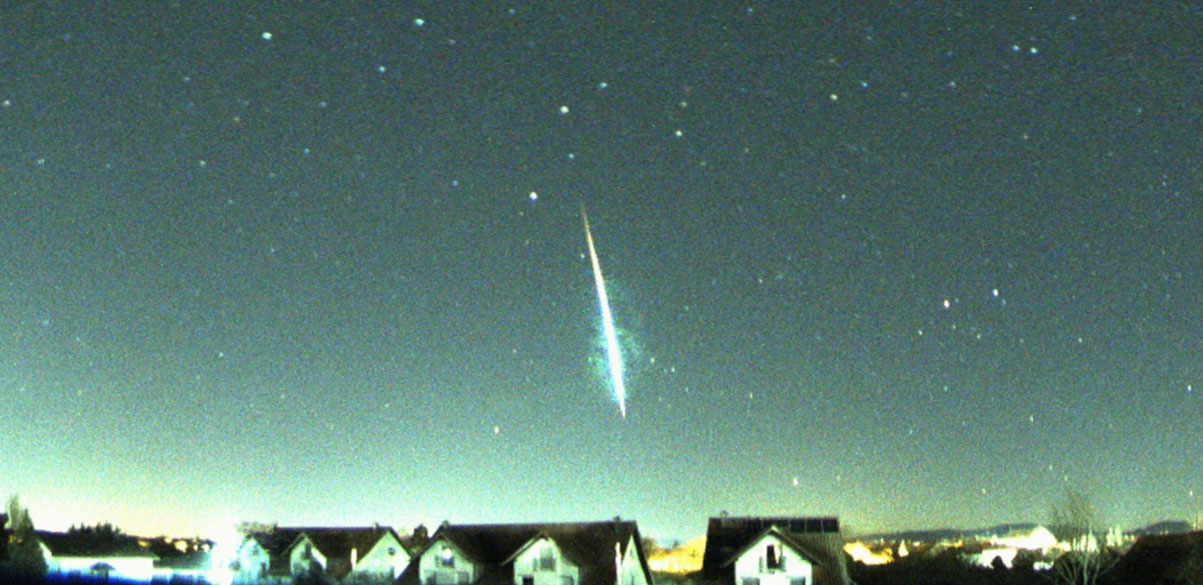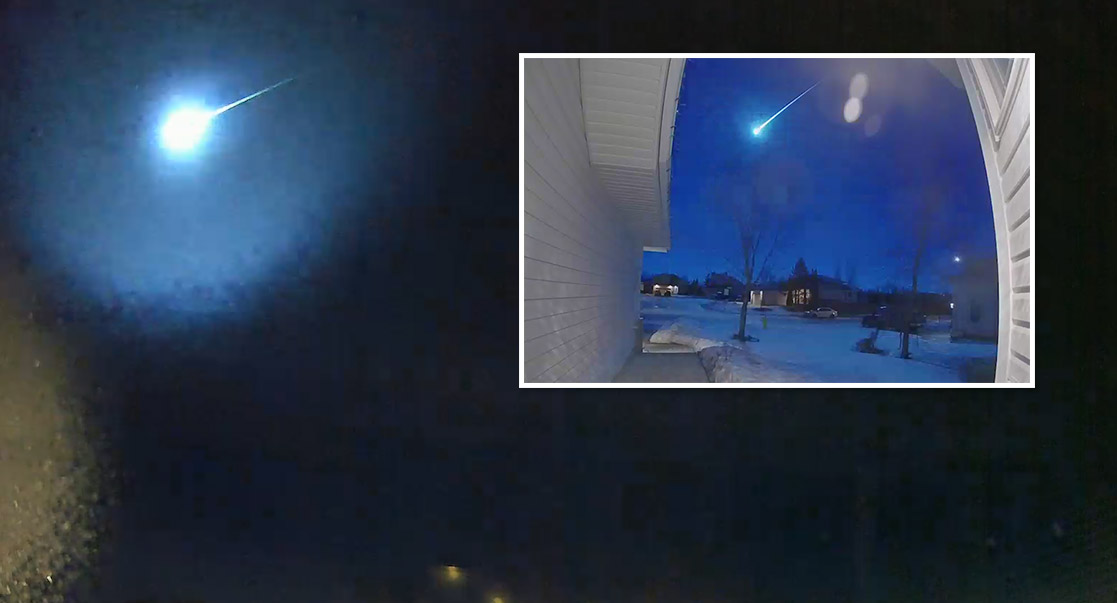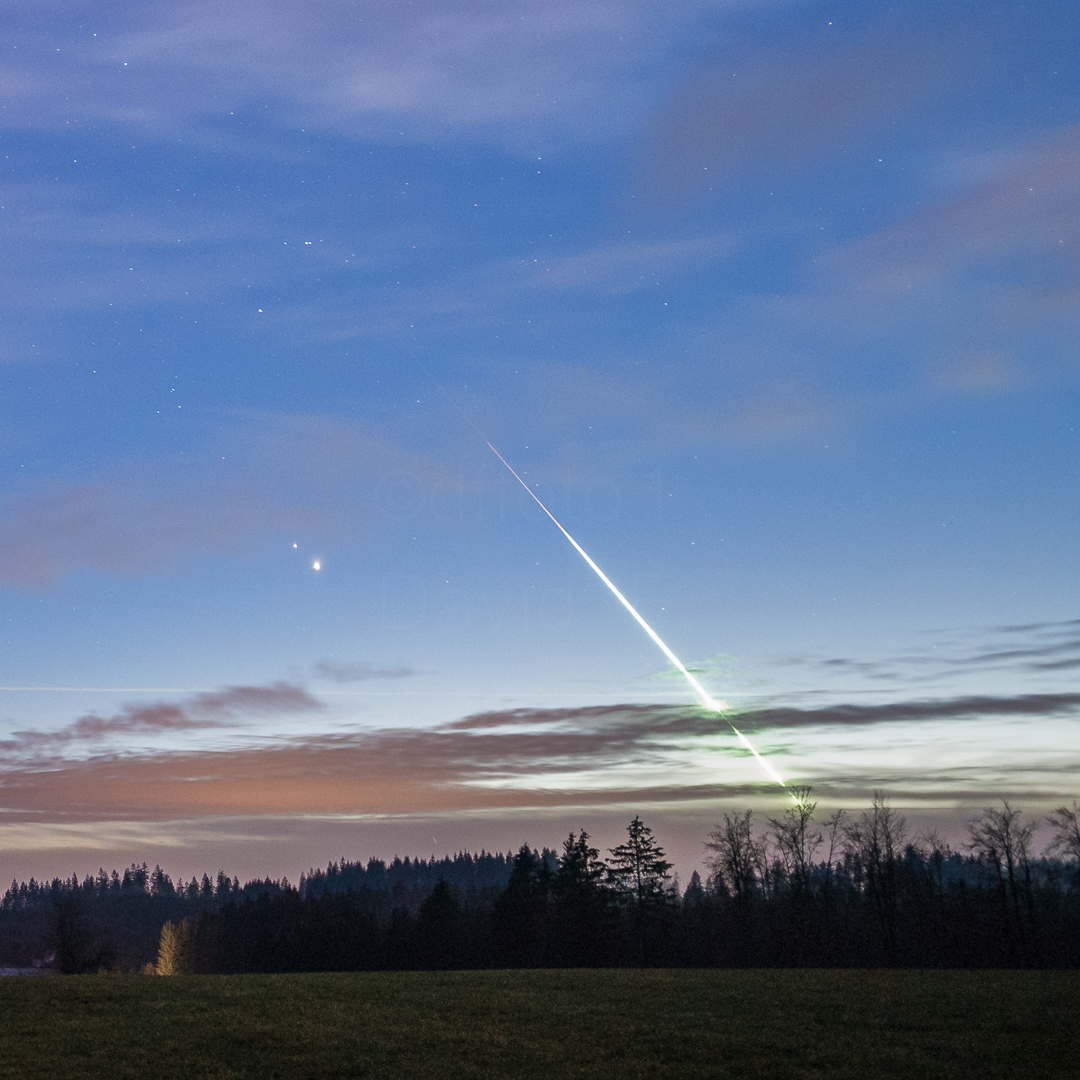
Meteor Activity Outlook for March 27-April 2, 2021
During this period the moon reaches its full phase on Sunday March 28th. On this date the moon is located opposite the sun and remains in the sky all night long. As the week progresses the moon will rise later each night, providing a small window of opportunity to view under dark skies between dusk and moon rise.
 American Meteor Society
American Meteor Society



















